WEEDS IN YOUR LAWN
1. Improve the Soil
The first step if you have weeds in your lawn is to test the soil’s pH. It should read around the 6.5 mark. Soil that is too acidic (below 7) or too alkaline will need treatment to get the best lawn results. You can easily buy a pH test kit yourself and follow the instructions. Alternatively Jim’s Mowing people can help.
Remove weeds.
To remove weeds in your lawn and improve soil quality you may a weed & feed type treatment, top dressing and perhaps applications of turf treatments soil imp rovers and fertilizers. Lawns grow best in loamy soils that have a mix of clay, silt and sand. Too much clay in the soil mix, or heavy use, can compact the soil and prevent air and nutrient flow.
Coring/De-thatching
Compacted soil may need aeration, a process of lifting small plugs of turf to create air spaces in the soil. For best results, rent an aerator or hire a lawn service to do the job. This will remove “finger size” plugs which improves aeration. Aeration is best done before top dressing and fertilizing. Jim’s Mowing people can core, de-thatch and or rotary how your lawn. These practices will assist prevent weeds in your lawn.
Soil Conditioners
Organic matter, such as compost and grass clippings, will benefit any type of soil; it lightens soil which is heavy in clay, and it builds humus in sandy soils, which helps retain water and nutrients and is great for worms. Some lawn mowers are equipped with mulching attachments which break up the clippings and disperse them as you mow. JIM’S MOWING CAN SHOW YOU THEIR MULCHING MOWER CAPABILITIES AND IS OUR PREFERRED WAY. Mulching is great for Bio-diversity and the sustainability of your lawn and garden. The better the soil the greater less chance of weeds in your lawn.
Choose a Local Grass
Grasses vary in the type of climate they prefer. Rain fall and climate should be considered when selecting your grass. Shade tolerance, sun exposure and wear should also be considered. Ask your local JIM’S MOWING franchise owner to recommend a grass which is best adapted to your area and obtain a free quote for turf replacement, repairs or rejuvenation.Strong local grass again equates to less weeds in your lawn.
Mow Often, but Not Too Short
Giving your lawn a “Marine cut” is not doing it a favour. Surface roots become exposed, the soil dries out faster and surface aeration is reduced. As a general rule, don’t cut off more than one-third of the grass at any one time. Most turf grass species are healthiest when kept between 2.5 and 3.5″ tall. (Try to leave some leaf and not just the stalks) The stronger and longer the lawn, within reason the less weeds in your lawn.
Water Deeply but Not Too Often
Thorough watering encourages your lawn to develop deep root systems which make the lawn hardier and more drought-resistant. Let the lawn dry out before re-watering; as a rule of thumb, the colour should dull and footprints should stay compressed for more than a few seconds. When watering, put a cup in the sprinkler zone; it should get at least one inch (2.5cm) water. Most healthy lawns require only 1″ of water per week. This may vary depending on grass type and the weather. A well know lawn wetting agent (like Debco Saturaid) applied twice a year will do wonders for maximising penetration and minimising run off and water waste. The best time for watering is early morning – less water will be lost to evaporation. Ideally, it’s better to water the first half-inch or so, then wait for an hour or two before watering the second half-inch. Jim’s Mowing can assist with your watering, irrigation repairs and installation.
5. Weed & Feed Products
The main issue with weed & feed products is that you are applying potent weed killing chemicals to all your lawn when usually only about 10% of the lawn has weeds. In addition, you are generally applying a weak general purpose lawn fertilizer which has a short-term effect and from experience, two applications are necessary to achieve anything which then becomes expensive. Take care when applying weed & feed products to Kikuyu and Buffalo lawns as they are often harmful, read the directions first. Also, take care if using the liquid weed & feed products as spray drift or a “misplaced squirt” will often kill roses and other plants in your garden.
6. Targeted Weed Treatments & Slow Release Fertilizers with Trace Elements & Conditioners.
From experience, a better way is to target the weeds in question with an appropriate herbicide (e.g Spearhead ) using it where the main infestations are, wait a few weeks, top dress and reseed as necessary and then apply a complete slow-release lawn fertilizer with trace elements and a soil conditioner which usually gets top results. Top dressing can also fill in any holes that may have appeared assisting watering and drainage. Jim’s Mowing can give free quotes, recommend herbicides, grass seed for your area, top dress, role if necessary and follow up with professional lawn care & maintenance.
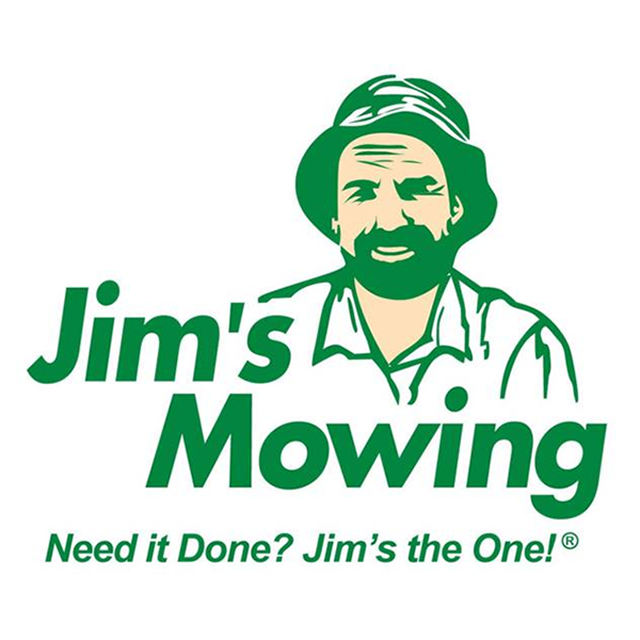
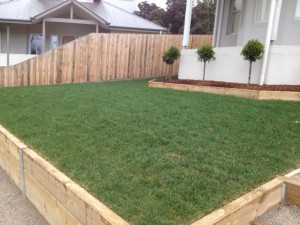
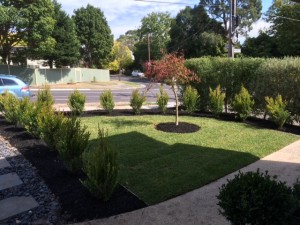
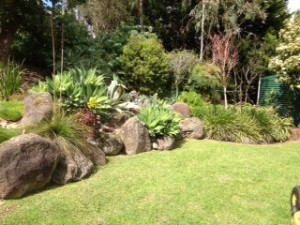
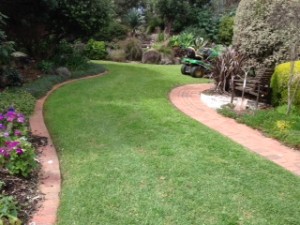
Recent Comments